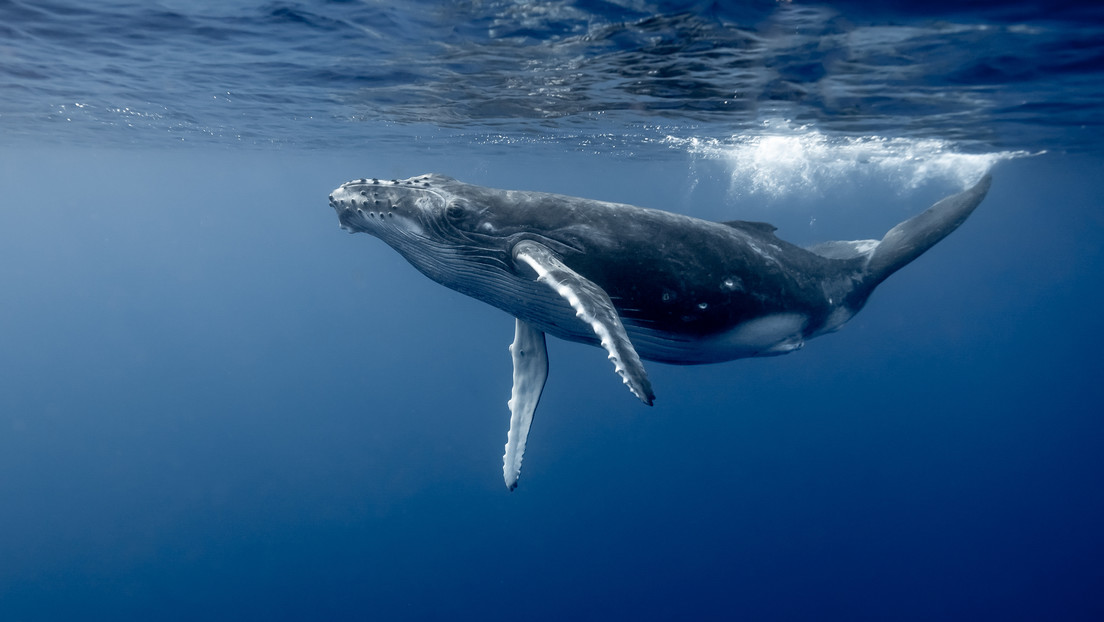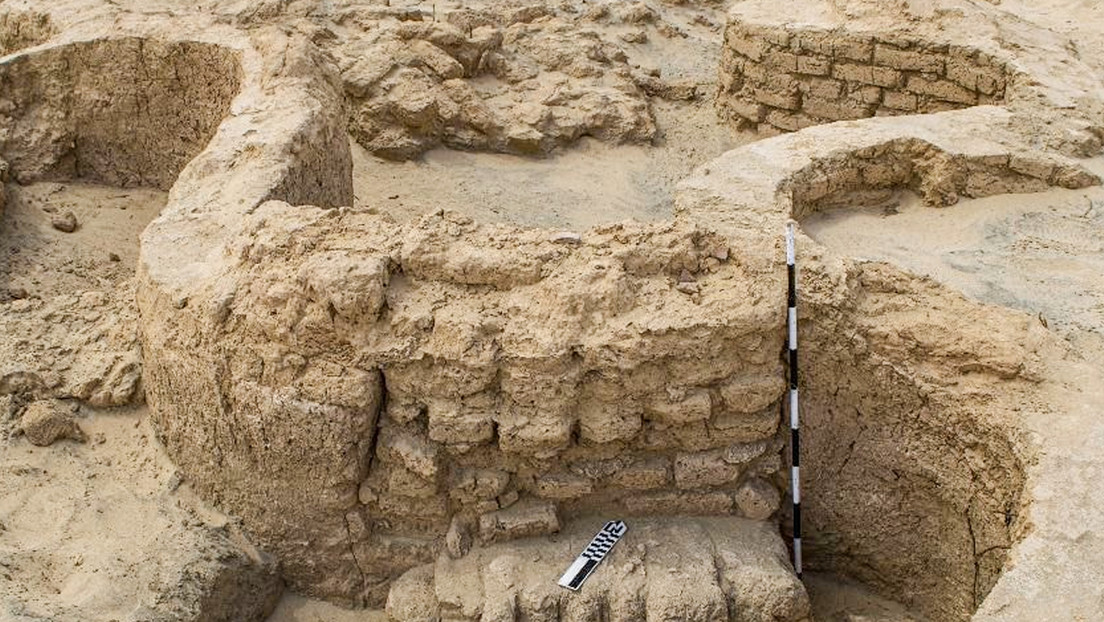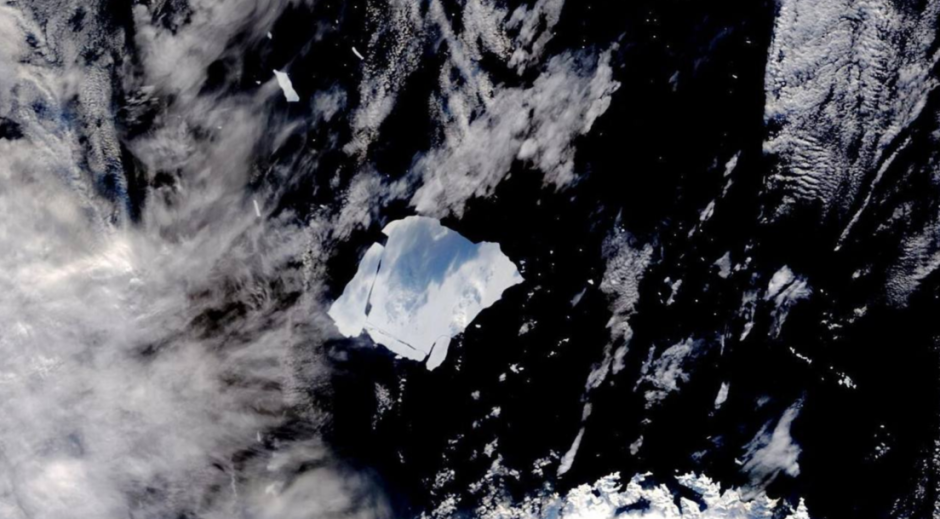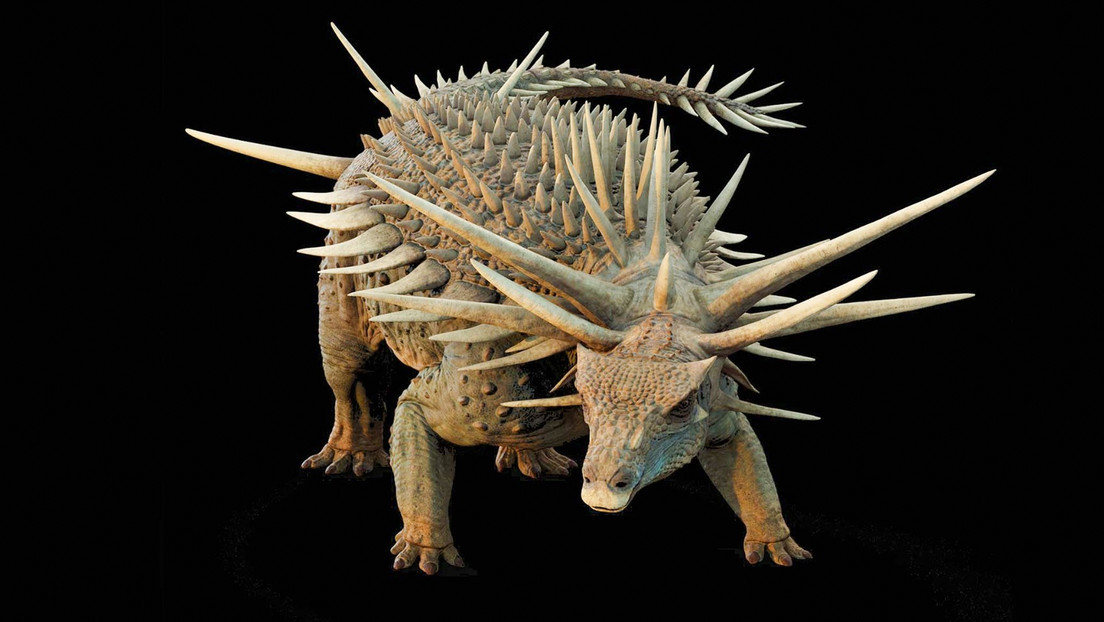
It was known that sperm whales emit characteristic clicks, dolphins use whistles, and humpback whales sing. However, a new study published in the journal Open Mind suggests that the sperm whale's vocal code may be more complex than previously thought.

An unusual phenomenon has shocked the public and the scientific community with reports of bright blue fur dogs in the Chernobyl Exclusion Zone, according to the publication on Science Mail.

Archaeologists have discovered a large military fortress at the Tell El-Kharouba site in the city of Sheikh Zuweid (North Sinai, Egypt) dating back to the New Kingdom (1550-1070 BC), local media reported.

The transportation of the colossal moai on Easter Island has been one of the greatest unsolved mysteries in history for archaeologists. For years, how they appeared along the coast has been a real puzzle for researchers, who now have a new hypothesis.

The Face Lab archaeological research team at Liverpool John Moores University (UK) has digitally reconstructed the faces of four Andean mummies from Colombia.
Sam Altman, CEO of OpenAI, stated that artificial intelligence could surpass human intelligence before the end of this decade.

This Sunday, September 28, the residents of Guizhou Province, in southwest China, experienced a historic day with the opening of a new bridge over the Huajiang Grand Canyon, a megastructure that becomes the highest bridge on the planet.

Earth's natural satellite, the Moon, is moving 3.8 centimeters away from this inhabited planet every year, a phenomenon that scientists can now measure with laser precision, according to an article in ScienceAlert.

Iceberg A23a, once the largest in the world, has accelerated its fragmentation process and could disappear completely in the coming weeks.

A team of paleontologists has discovered new remains of a species of ankylosaur, called Spicomellus afer, characterized by its unique bone structures. According to a statement from the University of Birmingham (United Kingdom), which participated in the study published in the journal Nature, this is the oldest ankylosaur in the world and one of the dinosaurs with the most imposing and unique morphology.

The meteorite that survived its entry into Earth's atmosphere on June 26 and impacted the roof of a house in the town of McDonough, near Atlanta, in the United States, was formed 4.56 billion years ago, making it older than Earth.

A large-scale study from Tufts University in Massachusetts suggests that drinking one to three cups of caffeinated coffee a day is associated with lower overall mortality, especially from cardiovascular causes.